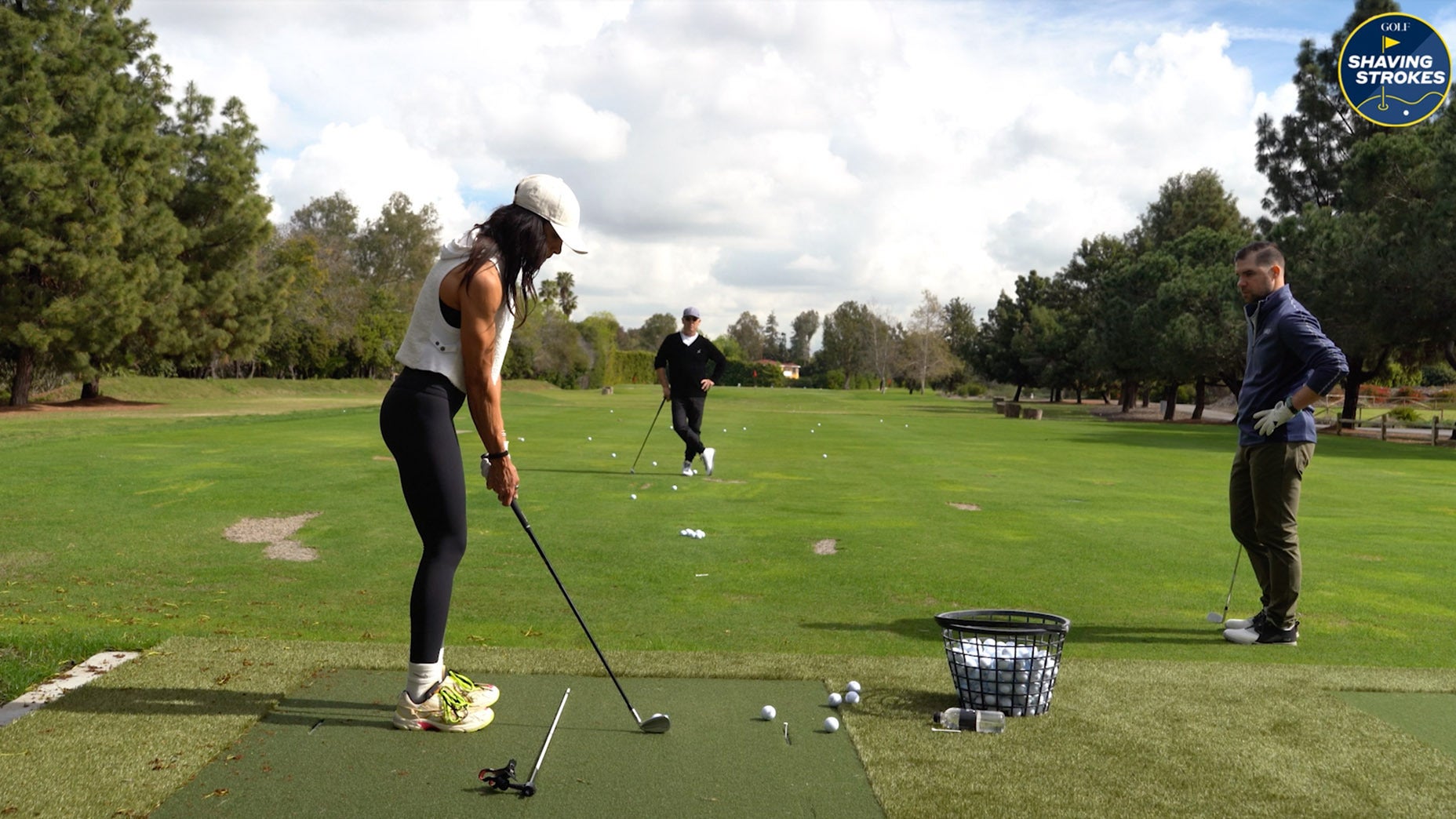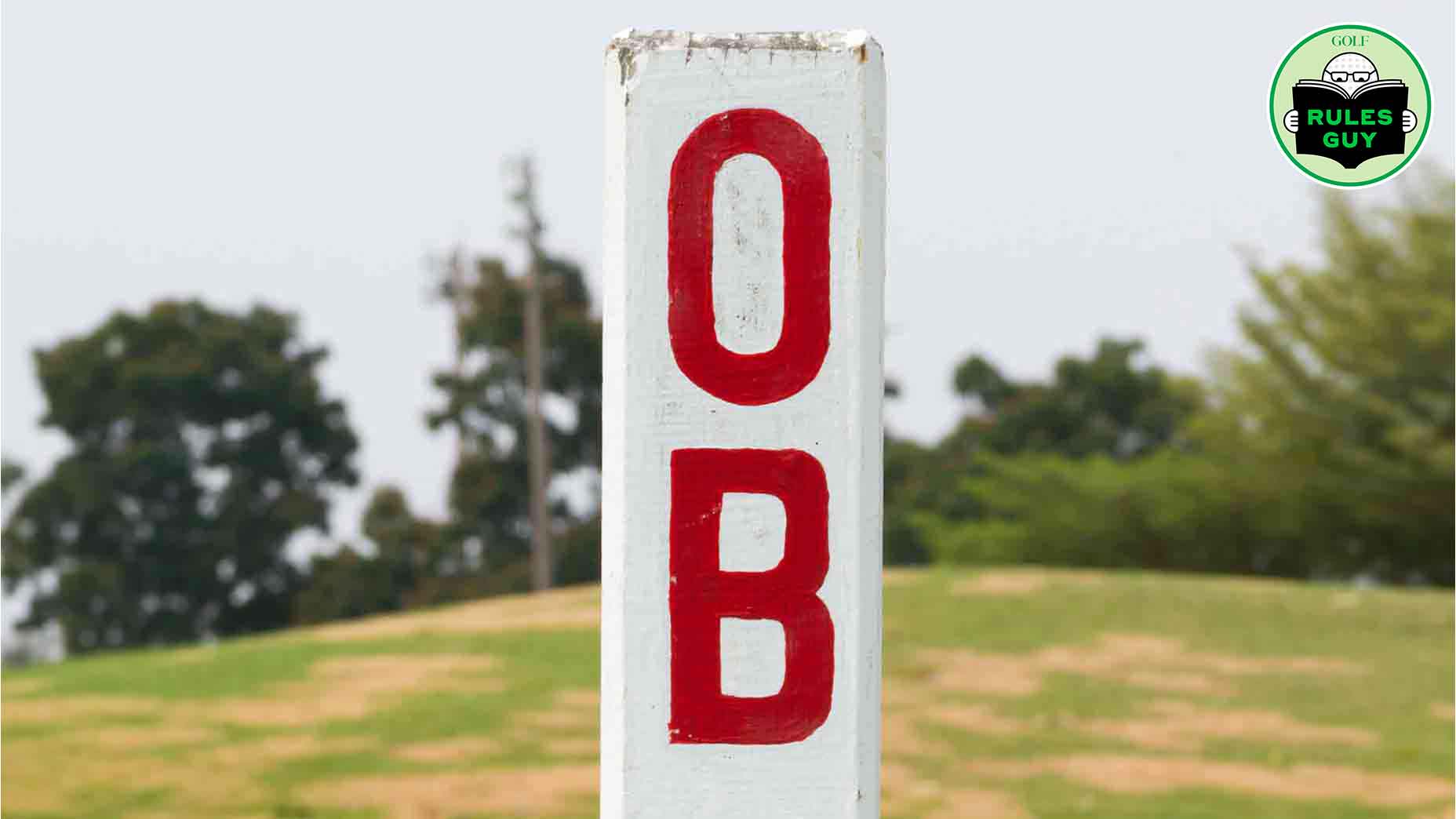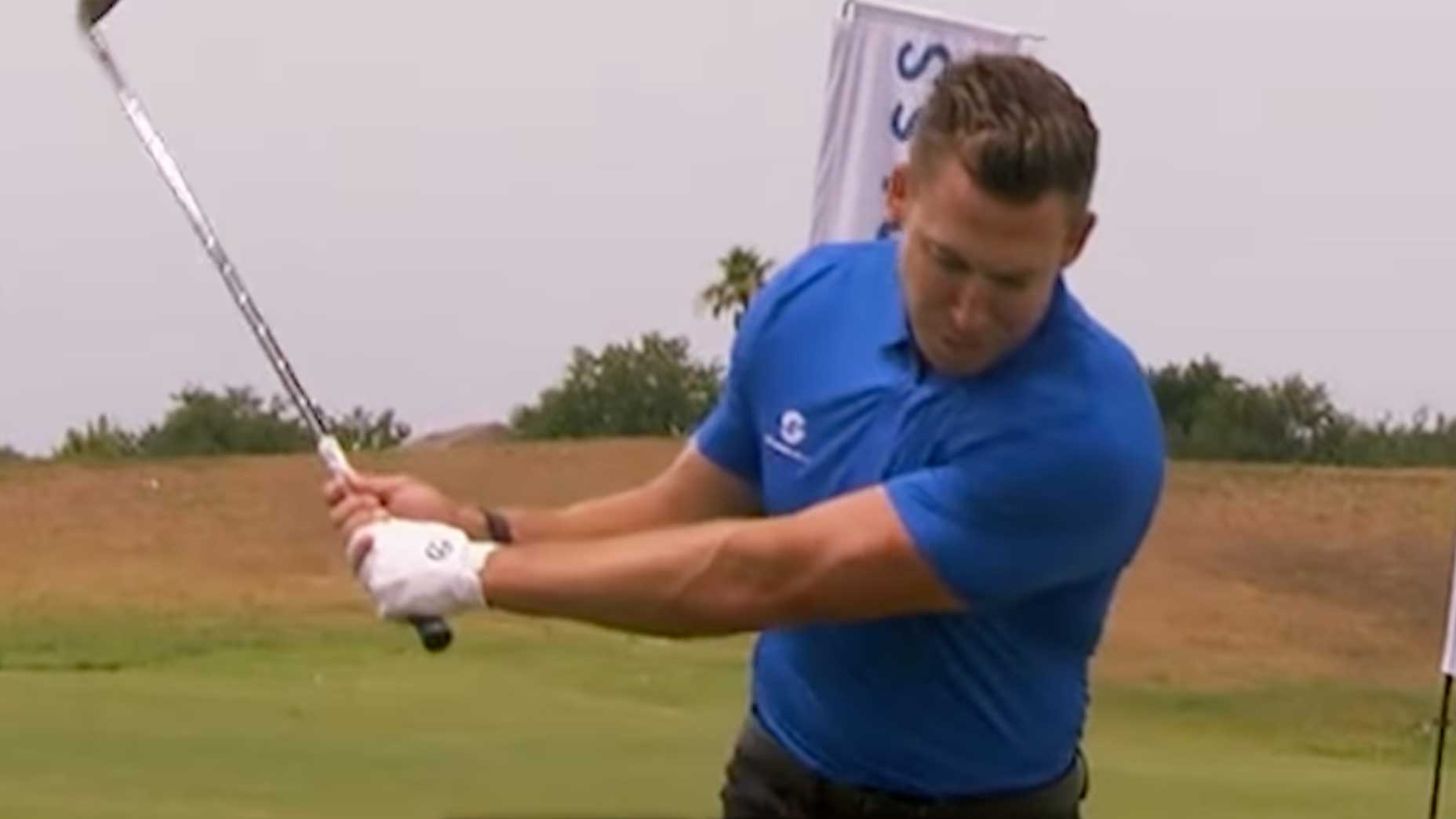I’ve logged 12 full seasons on Tour. Over all those campaigns, I’ve never posted an end-of-year scoring average that deviated from my career average of 70.1 by more than a third of a stroke. That consistency comes from developing— and executing— a smart game plan.
My strategy is simple: I eliminate shots I’m not comfortable hitting, and I hang tough until better opportunities arise. Give it a try. It leads to stress-free rounds, and it helps to “keep the course in front of you,” as I like to say. My mantra? Don’t stop moving toward the pin. If your shots go sideways too often, here’s how to make smart decisions and play tough from the tee box, fairway, and on and around the greens. Birdies, not blowups, await you.

TEE SHOTS
Let the club choose you.
I love hitting driver, but unless it’s a very long hole, I step on the box thinking 3- or 5-wood almost every time. (It’s usually my caddie, Damon Green, who’s begging me to hit driver.) Pulling the right club is a two-part process. For starters, check the yardage book or use your laser to note where the biggest trouble spots lie. If they’re at your normal driver distance, don’t risk it; pull the 3-wood. If they’re out of reach, proceed to step two, which is to grab both your driver and your 3-wood and make practice swings with each from the same location (presumably where you’re going to tee up the ball). As you make these swings, envision the type of shot you want to hit and the hazards you need to avoid. It’s weird—one club will simply feel better in your hands. I’ve done it hundreds of times. Your body knows best. Go with what it tells you.
Make practice swings with both your driver and 3-wood. You’ll immediately sense which one you can trust.

APPROACH SHOTS
Take the low road to hit more greens.
Even on Tour, players attempt approach shots that don’t make sense—say, gunning at treacherously tucked pins. Poor decisions can come from pressing and trying to force a score that’s just not there. You see this a lot on Sundays and on finishing holes. The result? Good scores turn to dust. Your approach-shot strategy shouldn’t change simply because you’re not scoring like you think you should.
I hit more greens than I miss, mostly because I aim for the fattest part of the green. I don’t normally pin-hunt unless I have wedge in my hands. Play a round in which you target the middle of the green. You’ll thank me for it.
Here’s another green-hitting trick of the trade: Try to hit your irons lower. I’ve played in countless pro-ams, and most weekend players get the ball too high in the air, leaving shots to the whim of the wind. Play the ball in the middle of your stance and press your hands slightly toward the target. Your goal is to re-create this position at impact and achieve at least as much lean (even more, if possible). The secret is to get your weight on your left side as you approach impact.
Lower your trajectory and aim for the fat of the green. Your GIRs will skyrocket.

CHIPPING + PITCHING
Try my “75% short-game secret.”
I miss greens. You miss greens. Hey, that’s golf. When it happens, it’s tempting to try to make up for it with a miraculous chip or pitch. But stick with the short-game shots you know you can pull off at least 75 percent of the time. Your main objective is to get the ball on the putting surface. This strategy will eliminate big numbers. Remember, a bogey is essentially “par” for mid- to high-handicappers.
Another word of wisdom: Get good with one of your wedges. Choose the one you’re most comfortable with and practice with it the most. With so many loft and bounce options, it can be tough to decide which wedge is right for a given chip or pitch. Having confidence in your go-to wedge makes the job a whole lot easier.
Oh, and around the greens, I try to never leave the ball short of the pin. Failing to get it to the hole hurts your score and your morale. Select a spot a few feet past the hole as your true target. For the needed oomph, make a very forceful wedge swing—no deceleration allowed. This better contact will create more spin to help you stop the ball in its tracks.
Carry as many wedges as you like, but fall in love with just one of them.

PUTTING
Make speed, not the line, your goal.
Not everyone on Tour has a perfect stroke. What we do have is perfect speed, which is what you need to roll it close or in. First, focus less on the line. Smart golfers pick a speed first, then draw a line in their mind that matches the speed.
This drill will help. Find a breaking 10-footer on the practice green and try to make three putts from the same spot using three different lines and speeds. On the first putt, play lots of break and try to “die” the ball over the lip on the high side of the cup. Hit the second putt a bit firmer; the ball should curve but not as much as the first putt. Ram the last ball in at full speed, rattling the back of the cup.
This drill proves that proper speed is more important than the perfect line. You’ll also see that on almost any putt, you can vary your speed—fast, slow or somewhere in the middle. With practice, you’ll hone Tour-pro caliber feel on the greens and bury a lot more rolls.







